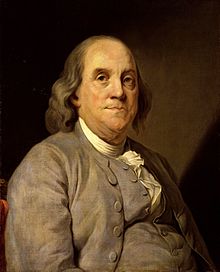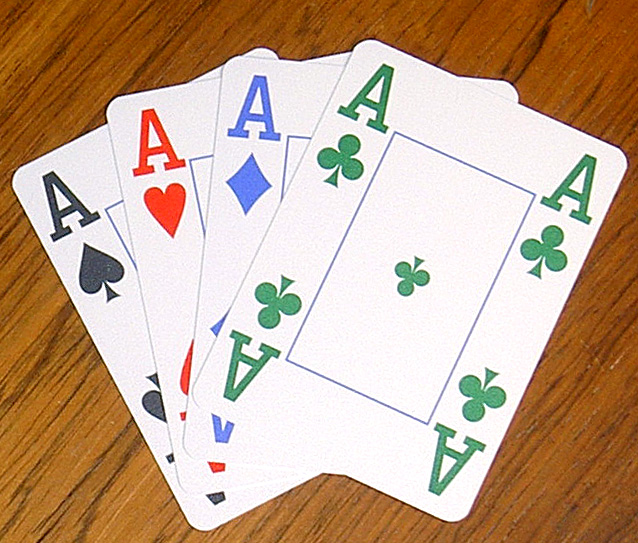
Fishing at home (for children over 3)
Look around the house and spend some time with the child finding things that will stick to a magnet. Tie a piece of string to a stick. At the other end of the string tie a magnet. Put paper clips and other things that are magnetic in the “pond.” Or cut out paper fish and put a paper clip on each one.
Make a life-size paper doll (for children over 3)
Have the child lie down on a large piece of brown wrapping paper and draw an outline around the child. Let the child use crayons, markers or paint to put clothes and a face on the “doll.” It can also be a collage by cutting out fabric pieces for the clothes and yarn, string or even styrofoam pieces for the hair. In warm weather go outside and trace the child on the sidewalk with chalk and then color in clothes and hair.
Paper Butterflies: Fold a piece of paper in half. Open the paper and drop small amounts of paint on half of the paper. Fold the paper in half again and rub your hand across the paper to spread the paint colors that are inside the folded paper together. With the paper still folded, cut out the shape of one side of a butterfly. Unfold the paper to see both sides of the butterfly. Allow the paint to dry, then draw the body and add antennae if you wish.
Children as young as three would love a Secret Hideout. This can be created out of a corner of the yard, under some branches, in a large appliance box, or by constructing a hiding place with blankets. Eat lunch in the hideout for a special treat. Imagine you are being discovered by pirates, or that your hideout is on a desert island. The same structure can be used in many different ways. School age children might enjoy building a hideout themselves (with your help). Cut a swinging door and windows into a large box from a refrigerator or a stove. Decorate with paint or markers. Furnish with small furniture or pillows. If there’s some extra fabric around you could even add curtains
Photo from disneyweddingblog.com




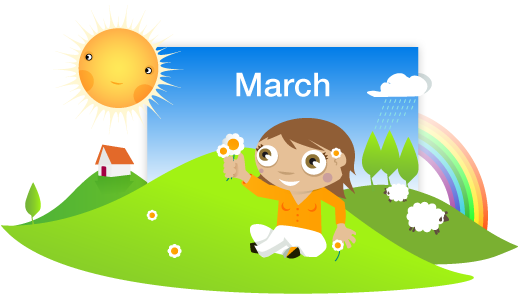
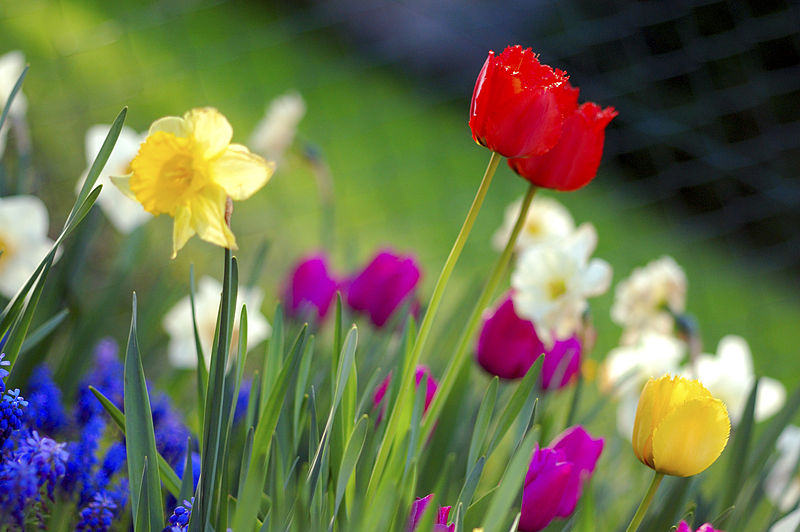
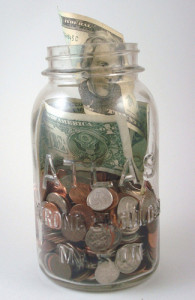 Host parents often ask for suggestions on how best to handle common expenses that occur as au pairs are caring for the children.
Host parents often ask for suggestions on how best to handle common expenses that occur as au pairs are caring for the children.